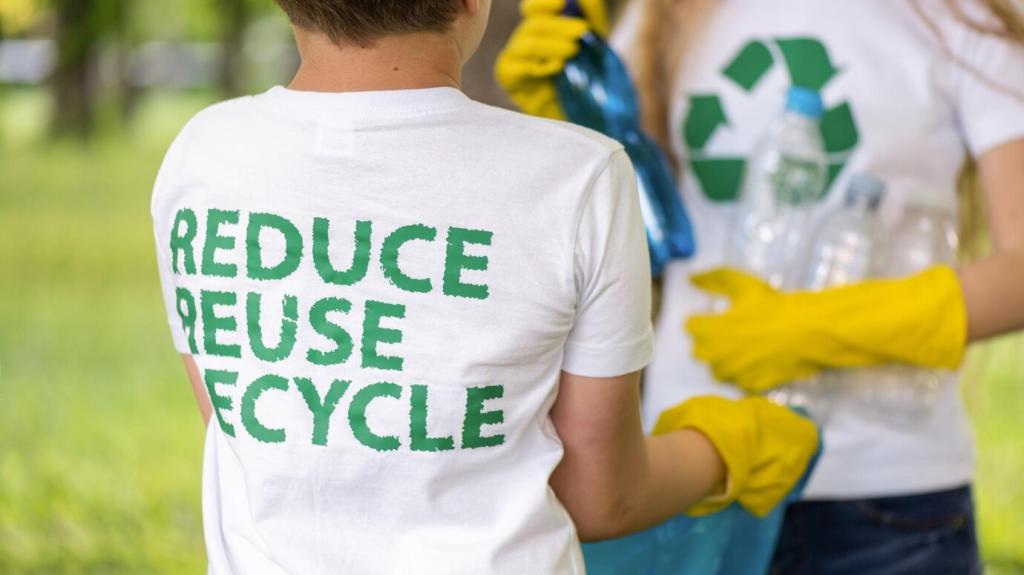Finishes That Breathe and Protect
Pure tung oil, polymerized linseed oil, and beeswax blends create a hand-rubbed glow. Apply thin coats, wipe excess, and allow generous curing; your patience pays off in depth, durability, and gentle fragrance. What finish do you prefer?
Finishes That Breathe and Protect
Modern water-based polyurethanes and lacquers offer low odor, fast drying, and excellent clarity. They resist yellowing and protect high-traffic surfaces, especially when paired with careful surface prep and dust control steps. Comment with your experiences.







